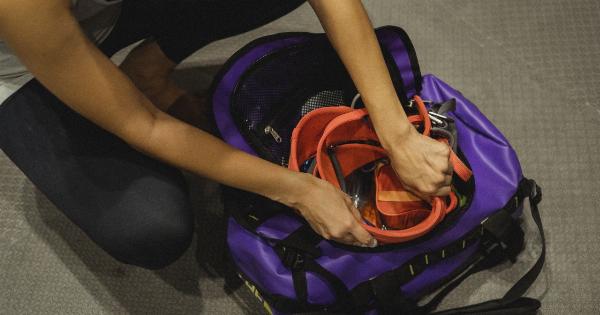When the weather gets hot, everyone is at risk for heat stroke. But children are particularly vulnerable because their bodies aren’t able to regulate their temperature as well as adults’ bodies can.
This means that they can overheat much faster than an adult would, especially if they’re in a car and the sun is beating down on them. In fact, according to a report from the National Safety Council, in 2020 alone, there were 24 children that lost their lives because of being left in a car in summer heat.
It’s a tragedy that is entirely preventable, with a little bit of awareness and effort.
Understanding Heat Stroke
Heat stroke is a condition that occurs when the body’s core temperature reaches 104 degrees. This can happen when the body is exposed to high temperatures, particularly if it’s humid or if the person is dehydrated.
When someone has heat stroke, their body can’t regulate its temperature properly, so it continues to get hotter and hotter. This can lead to organ damage and even death if not treated promptly.
Why Children are More Vulnerable
The main reason that children are more vulnerable to heat stroke than adults has to do with their size and weight. Because children have a smaller body mass, they can be more easily affected by changes in external temperatures.
Additionally, children are less able to regulate their body temperature through sweating, which is the body’s natural mechanism for cooling down. This means that they can overheat much faster than an adult would in the same situation.
Why Cars are Particularly Dangerous
Cars are a particular concern when it comes to heat stroke because they heat up incredibly quickly when left in the sun. Even if it’s only 80 degrees outside, the temperature inside a car can reach 110 degrees within just 15 minutes.
In fact, according to a study by researchers at Arizona State University, a car can get up to 200 degrees on a hot day, which is hot enough to cause second- and third-degree burns.
When a child is left in a car in these conditions, their body can overheat incredibly quickly, sometimes reaching dangerous temperatures in just a matter of minutes.
And because cars can be surprisingly difficult to break into, even a well-meaning passerby may not be able to help in time.
Preventing Heat Stroke in Children
The best way to prevent heat stroke in children is to be aware of the risks and take steps to protect them. Here are a few tips:.
Never Leave Your Child in a Hot Car
The most important thing you can do is to never leave your child in a hot car, even for just a few minutes. If you need to run into the store or another location, bring your child with you.
If you’re going to be transporting your child along with you in the car and you’re worried about their safety, it’s important to set up reminders and/or alarms to remind you to check them regularly.
Create Reminders for Yourself
If you’re someone who’s likely to forget things, create reminders for yourself. You can set an alarm on your phone or leave an item in the front seat, such as a purse or briefcase, to remind you that your child is in the car with you.
This can be a great way to reduce the risk of accidentally leaving your child in the car.
Keep Your Car Locked
Another way to reduce the risk of heat stroke is to keep your car locked when you’re not driving it. This will prevent your child from accidentally getting into the car and getting trapped inside.
It’s also a good idea to keep the keys out of reach of children.
Dress Your Child Appropriately for the Weather
When you’re dressing your child for the day, make sure that you’re choosing clothes that are appropriate for the weather. This means light-colored clothes that are made of breathable materials, such as cotton or linen.
You should also avoid tight-fitting clothes that can trap body heat.
Make Water and Shade Available
It’s important to make sure that your child always has access to water and shade when they’re playing outside. This will help them stay hydrated and cool, which can reduce the risk of heat stroke.
Know the Signs of Heat Stroke
Finally, it’s important to know the signs of heat stroke so that you can recognize them if they occur. Symptoms include:.
– High body temperature (104 degrees or higher)
– Red, hot, and dry skin
– Rapid pulse
– Headache
– Dizziness
– Nausea
– Confusion and/or agitation.
If you notice any of these symptoms in your child, it’s important to get them to a cool location as soon as possible and call your healthcare provider for further instructions.
Conclusion
Overall, it’s clear that heat stroke is a serious risk, particularly for young children who are less able to regulate their body temperature.
By taking steps to prevent heat stroke and being aware of the risks, we can work together to keep our children safe and healthy, even on the hottest days of the year.





























